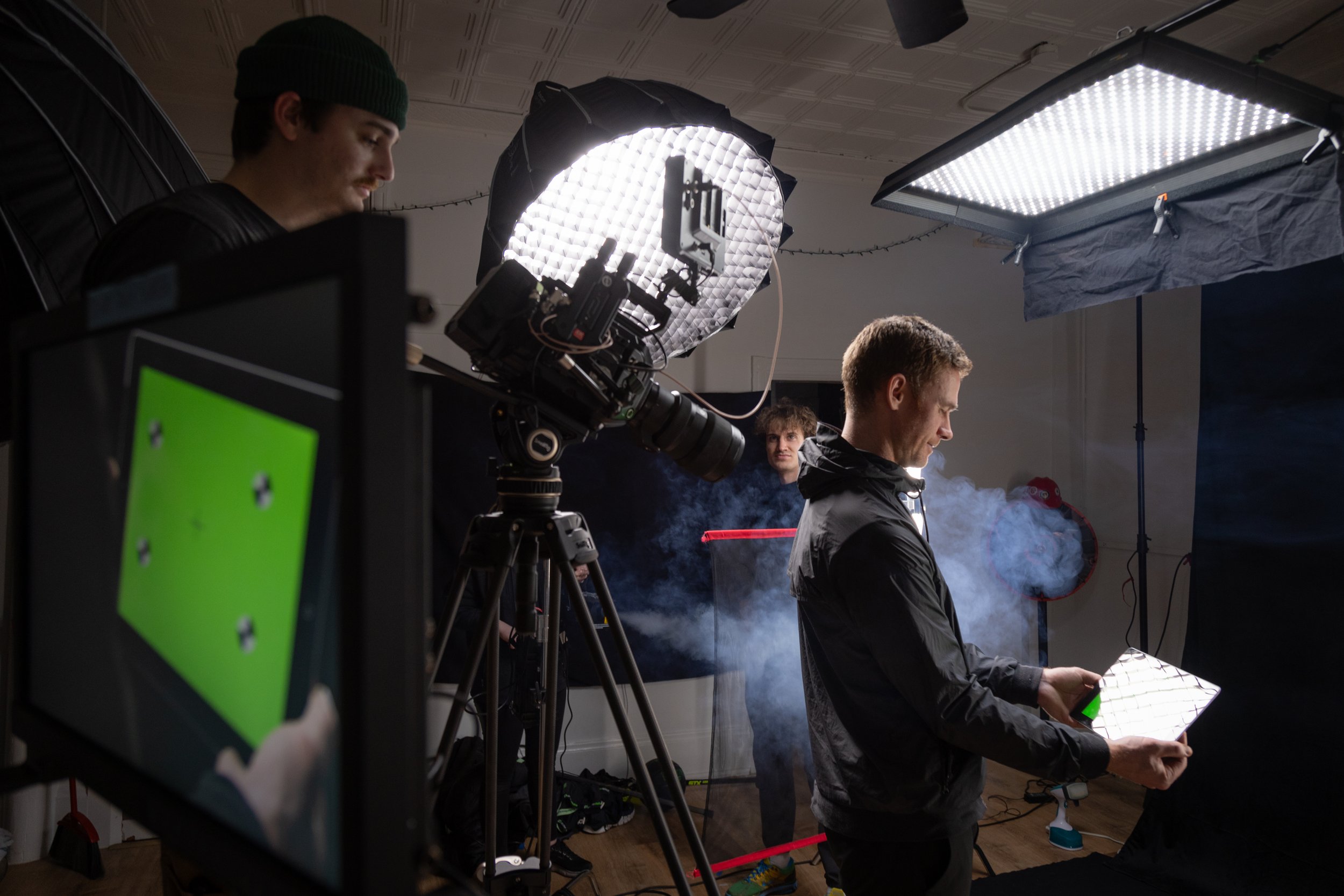
WIND BLOG
Our view in 24 frames
Crafting An Audio Landscape: 3 Steps to Improving Your Audio Editing For Videos
In the video production world, it can be easy to overlook the importance of creative audio. On the visual side of things, no matter what kind of project you’re working on, you’re usually looking to shoot visuals of whatever subject or story you’re trying to convey.
In the video production world, it can be easy to overlook the importance of creative audio. On the visual side of things, no matter what kind of project you’re working on, you’re usually looking to shoot visuals of whatever subject or story you’re trying to convey.
It’s easy to therefore assume that your audio should always match the paired video, meaning you should be hearing what you’re seeing. In the world of filmmaking though, you can “heighten” and “manipulate” what your viewers hear to enhance their experience. The best video content uses audio differently then it would be recorded in camera. Instead they use additional audio recordings to change the experience.
Here are three tips for improving your own audio editing!
Record Separate Audio
The first step to improving your audio production for videos, is to go out and record separate tracks from your “in-camera” audio. If you’re filming someone skateboarding for example, you should make sure to spend some additional time just recording audio with that skateboarder.
Experiment putting the microphone close or far away from the board, have them try real tricks, and also experiment just making noises with the board on different surfaces. Even if you’re going for authenticity, it can be really useful to have a sound bank to draw from once you’re editing the video. This will allow you to craft a soundscape that “feels” immersive for the viewer.
Shift The Viewers Focus
By recording additional audio and building a sound bank to draw from, you’re allowing yourself to “construct” or “heighten” sounds in your video. Yet again, this doesn’t have to take away from authenticity. When we experience something in person, we often attune our senses to whatever we’re doing, meaning we hear the scrape of the skateboard on the rail much louder than it actually is, because that’s what we’re focused on.
By recording separate audio, you’re giving yourself the ability to focus the viewer’s attention on certain sounds and actions. In a way, you can craft a video that makes you feel like you’re actually experiencing that activity. However, this is just one approach to audio editing. Try experimenting with different sounds, and see what kinds of viewing experiences you can create.
Create an Immersive Background
Another way you can improve your audio editing is to create audio landscapes in your videos. In addition to recording additional audio to serve as sound effects for the actions that are happening, it’s also important to record sounds that can become a background for those actions. Similar to visuals, you want your audio to have a strong setting and background that supports the main subjects.
If you’re filming a video for a surfer at the ocean, then you want to spend time recording sounds (either real or foley) that resemble the background of the ocean. You want your viewer to be able to hear the rush of crashing waves on the shore, the chirps of seagulls on the beach, and maybe the quiet chatter of people talking. These are sounds that you can combine and put quietly in the background. This will further immerse your viewer into the right environment, so that they can feel like they’re really there.
These are just a few tips and suggestions to get you going on your own video projects. What’s most important is that you consider audio equally as important as video. You can craft your audio landscape in all kinds of creative ways, all of which will create specific viewing experiences for your viewers.
If you need help with the audio landscape of your own project, reach out to our Windwood team here. We’d be happy to work with you on your next project, no matter what steps of the process you need help with.
Simple Sound Mixing For Video
When you’re making video content, the audio is just as important as the visuals. This means that even once you get to the editing room, there is still a lot of work left to do with your sound. If you’re new to video editing, or you’re just looking for advice to improve your audio mixing skills, here are some basic tips to get started.
When you’re making video content, the audio is just as important as the visuals. This means that even once you get to the editing room, there is still a lot of work left to do with your sound.
If you’re new to video editing, or you’re just looking for advice to improve your audio mixing skills, here are some basic tips to get started.
Room Tone
One important step to audio recording and mixing, is making sure you have sound for the background. Almost no space that you can record in is completely silent, so it’s important to make sure you capture that room tone. Once you’ve recorded room tone, you can either use that to set a background for your audio, or you can try to identify the room tone and silence it as much as possible.
Leveling
Once you have your recorded audio, it’s important to start identifying which sounds are important in your mix. Especially if you have separate audio tracks for different sounds in your shots, you can make important sound tracks louder, and less important ones quieter.
What’s important in sound mixing is that you want to have a variety of volumes and sounds. The more variety you can create, the more interesting and dynamic your sound mix can be. However, you should make your edits with a specific intention, not just for variety's sake. For example, you could bring out the music in a scene and drown out the other audio if your scene was taking place at a concert. This would simulate how loud the music would be for your characters.
Panning
Another way to add variety to your sound mix, is to include panning. This step is less important for videos on social media that people will just listen to on their phones. However, for bigger projects that might be played in theaters, or through studio headphones, panning is an effective tool. Panning allows you to channel sounds more towards the left or right speaker in a stereo sound setup.
In real life we hear sounds from different directions. By placing sounds in different “locations” in the mix, you can create more of a “realistic” listening experience. If a character in your scene is running down the street for example, and a bus passes by them on the left, you can mix your sound of a bus more towards the left so that it sounds more accurate to what we would experience as that character.
Dynamic Editing (Keyframes)
When you’re focusing on the leveling and panning of the sounds in your video, it’s important to remember to edit those sounds over time, and not just change them uniformly for the whole video. When you’re editing almost any aspect of a video, most video editing softwares have “key frames”.
These key frames allow you to change any setting a different amount at different times. This means that if you adjust the volume of a music track, you can make it quieter at the beginning, make it louder for a few seconds, and then make it quieter again. You should take advantage of this dynamic editing ability to craft a sound mix that makes sense for your video.
No matter how simple or complex your video project is, these general tips should help you focus on making more of a dynamic mix for your future videos.
If you have more questions, or want help with your own video or audio project, reach out to our Windwood team here. We’d be happy to help you with your project, no matter what step of the process you’re at!






